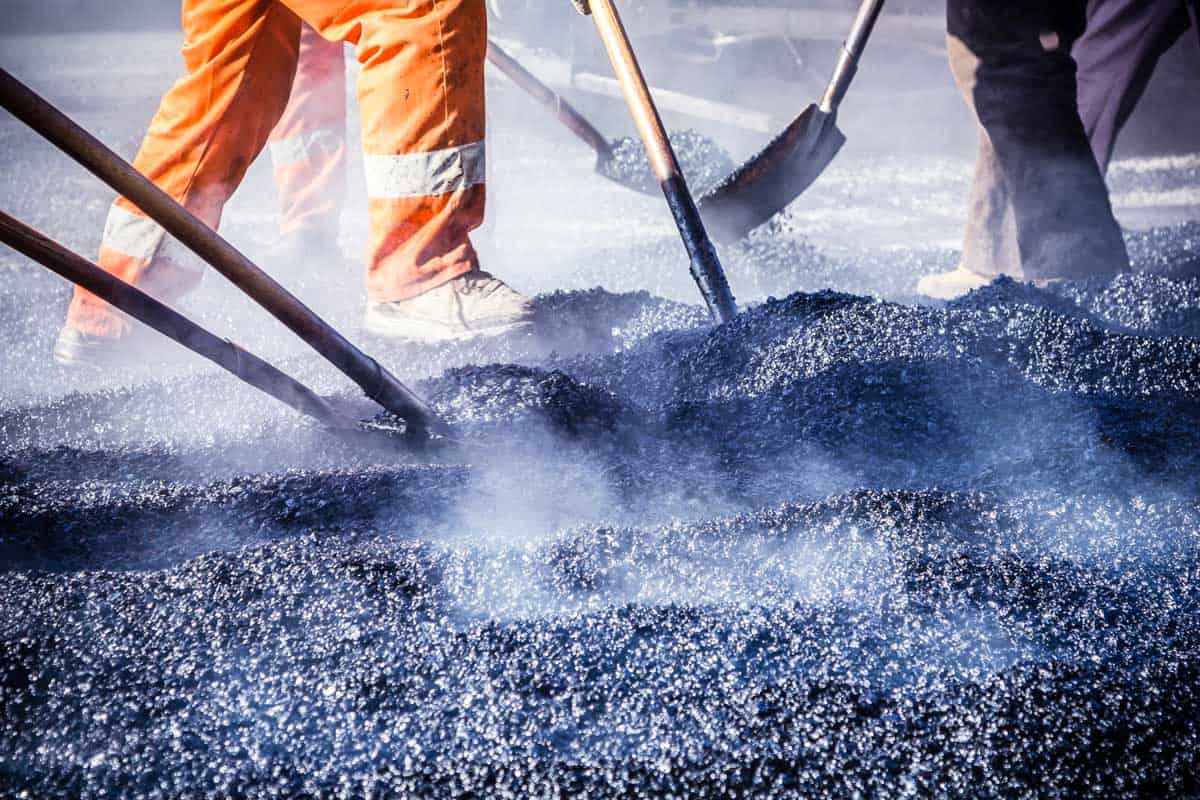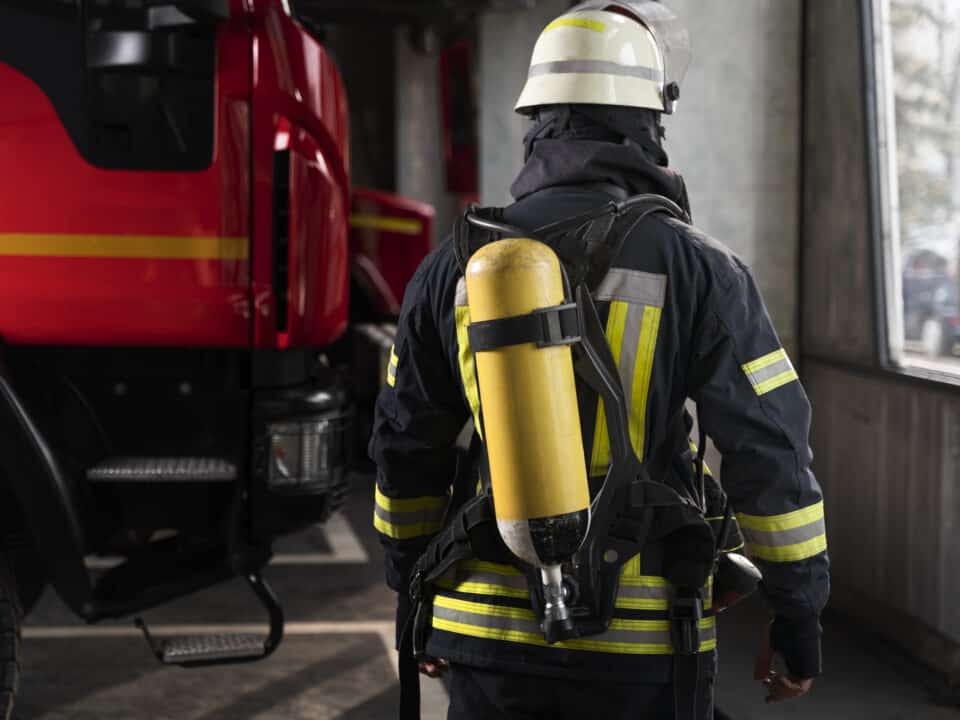What Construction Workers Should Know About Asphalt Exposure
Over a half-million workers are exposed to fumes from asphalt, a petroleum product used extensively in road paving, roofing, siding, and concrete work. Health effects from exposure to asphalt fumes include headache, skin rash, sensitization, fatigue, reduced appetite, throat and eye irritation, cough, and skin cancer according to the American Board of Industrial Hygiene. This board wants managers, safety experts, and construction site operators to take efforts to address exposure to asphalt fume exposure.
In  December of 2000, the National Institute for Occupational Safety and Health (NIOSH) published a hazard review, “Health Effects of Occupational Exposure to Asphalt”.
December of 2000, the National Institute for Occupational Safety and Health (NIOSH) published a hazard review, “Health Effects of Occupational Exposure to Asphalt”.
How Many People Are Affected by Asphalt Exposure?
Research from OSHA indicates that over 500,000 workers are exposed to asphalt fumes as a part of their job. Permanent damage and serious injury can be associated with this exposure. Road construction workers are those most likely to be exposed to asphalt fumes since asphalt is used with other granular materials like crushed stone, gravel, or sand. Asphalt, however, can also be found in waterproofing products, flat roof ceiling materials, and concrete finishing.
There is not currently a recommended or permissible exposure limit for asphalt fumes but some safety advocates are pushing for this regulation. So far, researchers have struggled to find the specific components inside these materials that lead to adverse health effects for construction workers, roofers, pavers, and others coming into contact with asphalt fumes.
The complex chemical composition of asphalt makes it difficult to identify the specific component(s) responsible for adverse health effects observed in exposed workers. Known carcinogens have been found in asphalt fumes generated at work sites. Observations of acute irritation in workers from airborne and dermal exposures to asphalt fumes and aerosols and the potential for chronic health effects, including cancer, warrant continued diligence in the control of exposures.
OSHA has listed that addressing asphalt fumes is a priority for the agency, but in the interim, workers might not even be aware of the higher risk profile for their situation. Laboratory studies have shown that chemical extracts of asphalt fumes have been associated with cancer-causing properties.
Some tools on the job can help to limit a construction worker’s exposure to asphalt fumes. Given that asphalt is derived from crude oil, and therefore poses a fire or explosion risk in addition to fume concerns, personal protective equipment is very important.
This equipment, according to some safety professionals, includes loose clothing with button cuffs and closed collars, boots with tops that are at least 6 inches high, thermally insulated gloves and chemical goggles. Barrier creams and safety shoes should also be used by workers attempting to protect themselves from these serious fumes.
If you have worked in construction or in any other industry or position where you might have been exposed to asphalt fumes, make sure you contact your doctor to discuss screening and diagnostic tests to discuss your next steps.
Contact Bluestein Attorneys for Workers’ Compensation Claims
Bluestein Attorneys has experience working with injured South Carolina workers to recover the costs associated with treatment and recovery from their work-related injuries. If you’re a construction worker who has been injured on the job, we’d be happy to speak with you and let you know your options moving forward.
Contact us online to request your free Workers’ Compensation consultation by clicking the banner below, or give us a call at (803) 674-8820.



